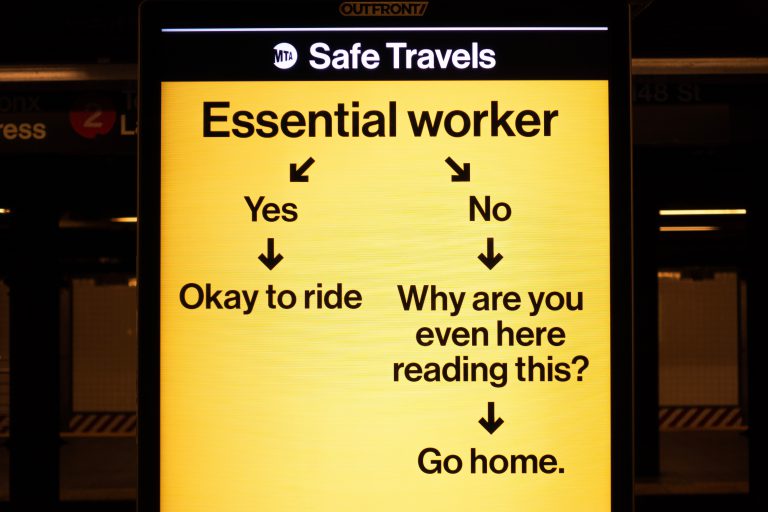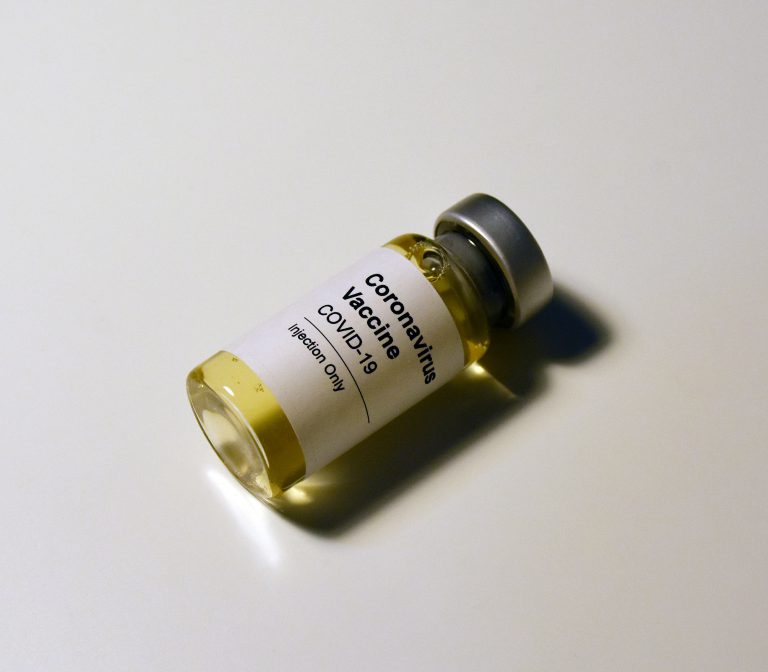When acting on a medical emergency, you have a small window to make things work. Whether you’re talking about a car crash, a fire, a natural disaster, or some other incident, every second matters. Treatment for high-risk patients must be swift if you’re after survival and recovery.
The human brain can suffer permanent damage after only four minutes without oxygen, and a person can die as soon as four to six minutes later. Since these are literally life-and-death situations, technological advances like digital health devices could be game-changing for first responders.
Tech, like driverless cars and medical drones, has tremendous potential in improving emergency care. Since modern emergency medical services have only been around since the 1960s, there is still room to grow.
Different countries developed different practices for emergencies. In the United States, medical facilities developed services to respond to the increase in traffic accidents. This surge was the result of an increased number of cars following the country’s post-war prosperity. Canada, the United Kingdom, Australia, Singapore, and Hong Kong soon developed their own EMS in the next two decades.
In the U.S., EMS technicians or paramedics handle first aid and response. In European countries, medical doctors take the lead, and paramedics are on hand to support before the ambulance brings the patient to a hospital. Today, countries blend practices from both models, but tech advancements favor the European model, emphasizing a “hospital to the patient” approach. Here is a closer look at other innovations shaping the healthcare industry.
Capacity allocation through artificial intelligence
A computer cannot predict whether there will be an accident tomorrow afternoon, but it can determine the statistical probability that such an event will occur. As such, you can pre-emptively deploy EMS units to high-risk areas or neighborhoods that expect peaks at certain hours.
Artificial intelligence can mine and analyze operational data as the device gathers it, detect patterns, and identify significant events as these occur. If emergency teams learn to identify patterns among seemingly anomalous incidents, they can coordinate faster and react appropriately.
Mobile app-based emergency care
Up to 80 percent of clinical errors occur because of some form of miscommunication among medical staff. In a high-stakes, frenetic situation like an emergency, even the most skilled and trained responders can falter or make wrong calls. EMS services benefit from programs that minimize such errors.
Some companies, like U.S.-based Pulsara, have developed a HIPAA-compliant EMS platform. Their app synthesizes ambulance and emergency management, letting paramedics signal emergency departments that a patient is on the way.
Pulsara and similar apps calculate the patient’s ETA through the vehicle’s GPS, and it lets users share ECG data, images from the field, and other vital information. As a result, treatment time can go down as much as 30 percent when using this app.
Apps could even connect volunteers to people who need immediate help. For example, Hungary’s Szív City lets volunteers respond to alerts for resuscitation within 500 meters of their location. A similar app, the AHA’s Full Code Pro, enables users to track CPR events in real-time. With it, responders can document interventions like administered medications, countdowns, and others for the EMS department at the hospital to review.
Apart from emergency care on the ground, apps can provide help in the air. AirRx, a free app for physicians, contains guidance for 23 of the most common emergencies. The MedAire Aviation App, meanwhile, connects the cabin crew to physicians to enable streamlined patient assessment.
Video games to practice medical procedures
There has been plenty of research into digital health gamification, and developers could still explore how these two areas could integrate. One company facilitating this is Chicago-based Level Ex, which produces mobile video games geared for training medical professionals. For example, Airway Ex gives paramedics and doctors realistic scenarios that let them prepare for airway management. The app evaluates bleeding, damage caused, and the virtual patient’s vital signs, as well as the worker’s speed.
Conclusion
Emergency medical services are an often overlooked but vital function of medical facilities. With new advancements in technology, patients will hopefully get better care and more positive outcomes.
Stay tuned to Dose of Healthcare for Part 2 of our special on emerging tech in EMS! Bookmark our page, so you never miss a story, and keep reading for more health news today.
















